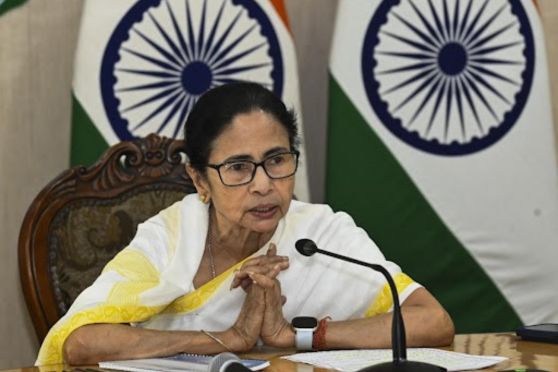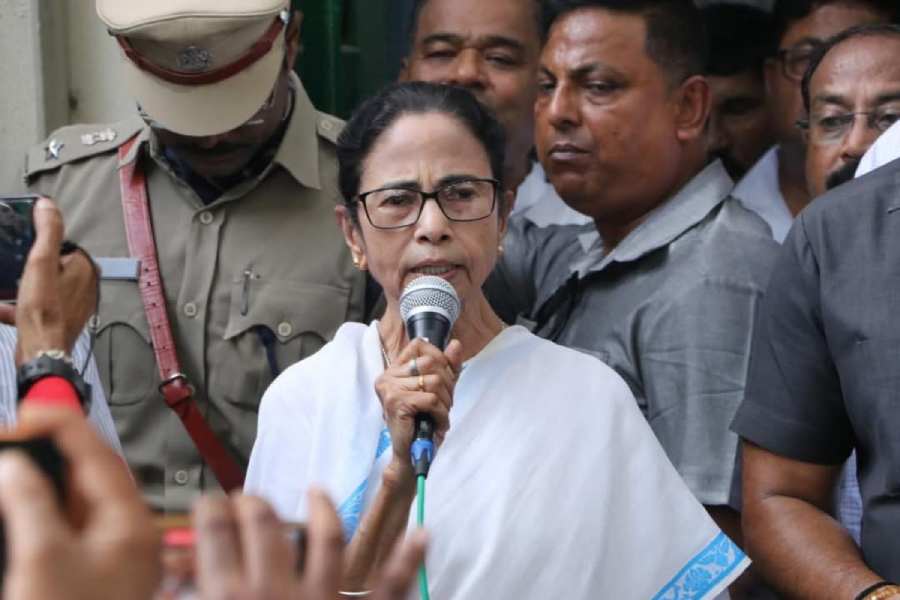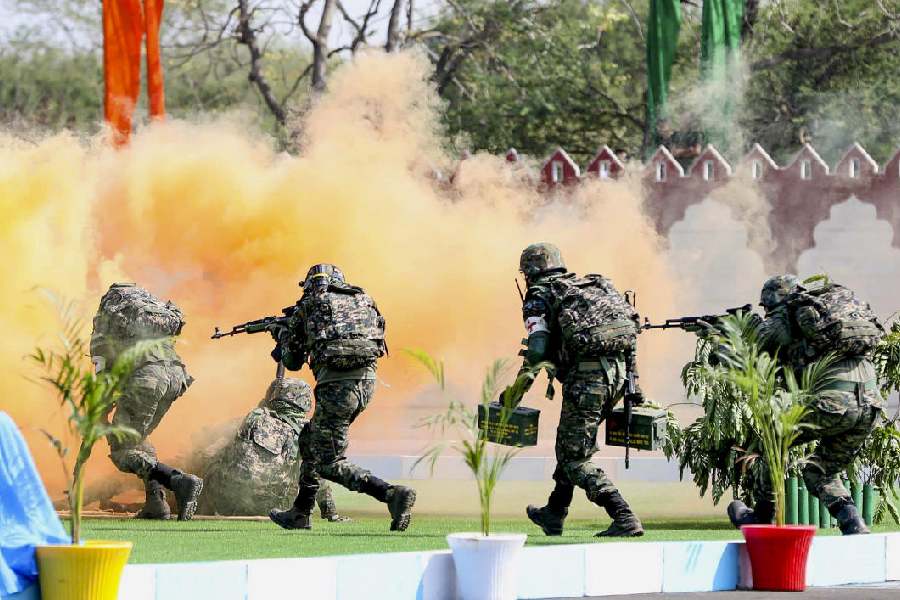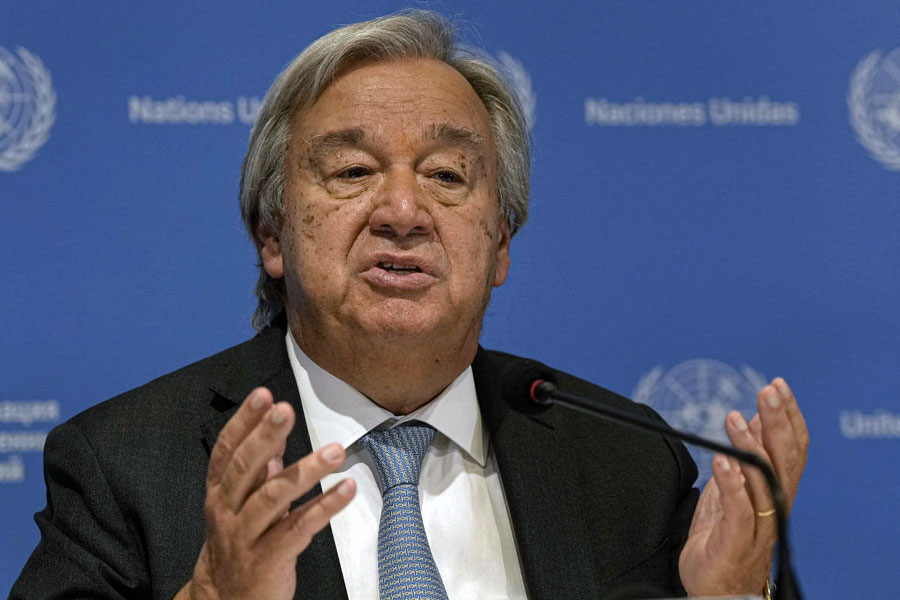The government of the United States of America, faced with the publication on the internet of cables sent by US embassies in recent years, has responded just as it did when WikiLeaks posted similar troves of secret messages about the wars in Afghanistan and Iraq on the web earlier this year. It has solemnly warned that WikiLeaks is endangering the lives of US diplomats, soldiers and spooks.
Hmmm. Might there be some exaggeration here? Does the US ambassador to Moscow really face assassination for reporting, in late 2008, that President Dmitri Medvedev “plays Robin to (Prime Minister Vladimir) Putin’s Batman”? Will the United Nations secretary-general, Ban Ki-moon, really order a hit on the US secretary of state, Hillary Clinton, now that he knows she ordered US diplomats to collect the details of confidential networks used for official communication by senior UN officials?
The official outrage is as synthetic as it is predictable, and what drives it is not fear for the lives of US diplomats and spies but concern for their careers. But how did a grown-up government like that of the US blunder into the error of making all this “secret” material so easily available?
It made the elementary mistake of thinking that electronic communications could really be kept secret, even when widely disseminated, if you just surround them with a sufficiently impressive clutter of passwords, security clearances and encryption. Any historian could have told them they were wrong. If it’s written down, then it will come out sooner or later. In this case, it was sooner.
Before I realized that journalists have more fun and make (a little) more money, I trained as a historian and did research in the archives of various foreign ministries. I pitied my colleagues working in earlier periods of history, when most things were decided face to face. By contrast, in the late 19th and early 20th centuries, the period I was studying, governments had got so big that everything was written down.
Familiar stuff
Documents would pass from one desk to another, and each recipient would note his comments in the margin and initial them. They had to write down what they really thought because there were no telephones. It was a system that allowed subsequent historians to trace the way decisions actually got made — about 30-50 years later, when the files were opened to researchers.
Then, in the decade or so before World War I, all those officials got telephones, and that system died. The officials had their confidential discussions on the phone, real motives never got written down, and the documents usually contained only a sanitized version of the policy debate. It got a lot harder to do good history.
What the US defence department thought it had invented in the Siprnet — Secret Internet Protocol Router Network — was a way to distribute confidential information widely, like in the good old days, but without jeopardizing secrecy. Except that it wasn’t secure, as the massive dump of cables on WikiLeaks demonstrates.
All you needed to access the Siprnet was a “secret” security clearance. When the number of people with a “secret” clearance or above was last counted by the General Accounting Office in 1993, there were more than three million of them. There are probably twice as many today. And all it takes is one of them to send the data to WikiLeaks, and the whole system is compromised.
So distribution lists will get a lot shorter in the US and elsewhere. This may result in some minor degradation of the decision-making process, but not much, really. The most striking thing about the quarter-million messages is that they contain almost no real surprises. You’d be just as well informed about the world if you read a couple of good newspapers every day.










